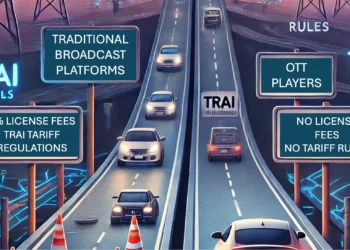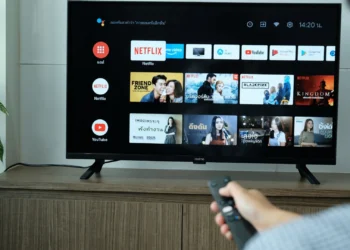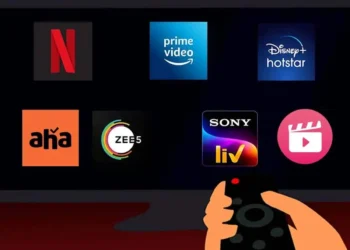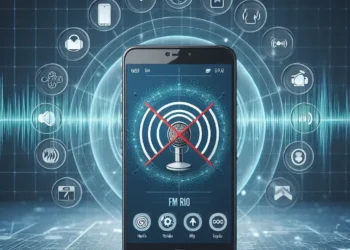On 30th Oct 2018, two member bench of the Supreme Court dismissed the petition of Star India Private Limited challenging the TRAI’s jurisdiction of regulating the prices of TV channels. Please recall that on 3rd March 2017 TRAI had issued a tariff order to regulate the prices of TV channels aired by the broadcasters. As per the petitioner, in doing so, TRAI has gone overboard of its jurisdiction which limits it to regulate only the carriage of TV channels than content which is regulated by the Copyright Act of 1957. The purpose of this note is to analyse the rationale of the SC judgment. In the process we will also evaluate whether the TRAI’s tariff order also applies to mobile apps which end up aggregating the same TV channels aired via other mediums (cable and DTH).
TRAI Act (Background)
When the TRAI was set up through an Ordinance on 27th Jan 1996, it didn’t had the power to regulate broadcasting services, but only telecommunication services. Later in the year 2000 a proviso was added to the TRAI act under Section 2(1)k, which empowered the central government to notify other services including broadcasting services as telecommunication services. Acting under this section, the central government notified broadcasting and cable services as telecommunication services via a order dated 9th Jan 2004. Apart from other functions and responsibilities, the TRAI Act empowers the authority to protect the interest of the consumers and fix rates of telecommunication services within and outside India. It also entrust the authority to make recommendation to the central government for efficient management of spectrum resources.






